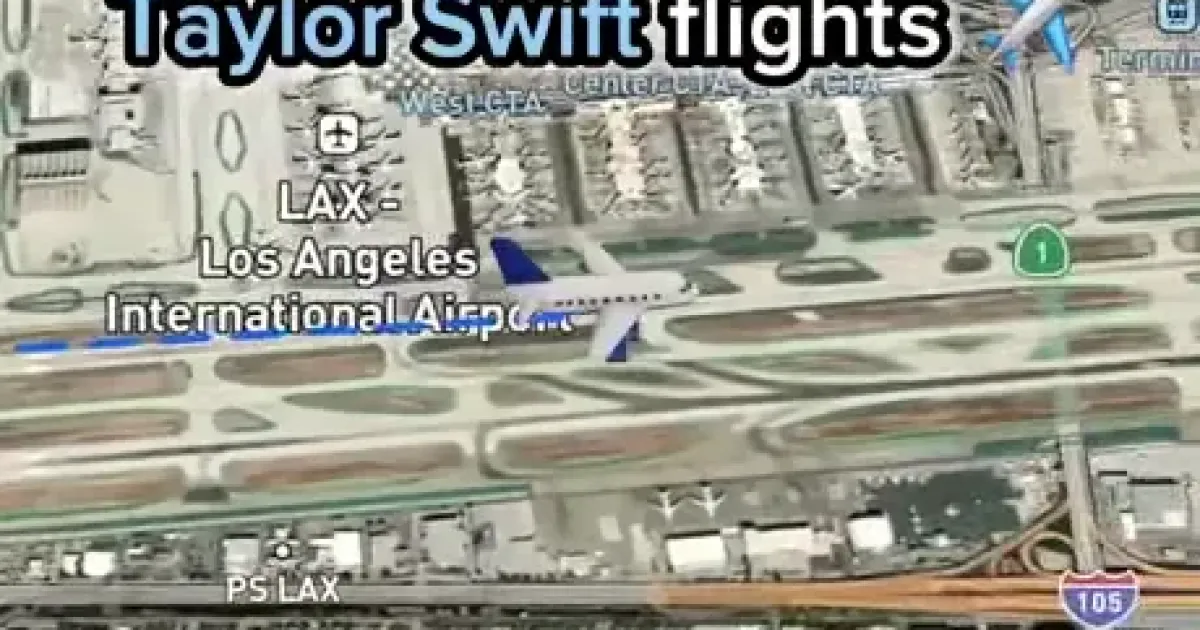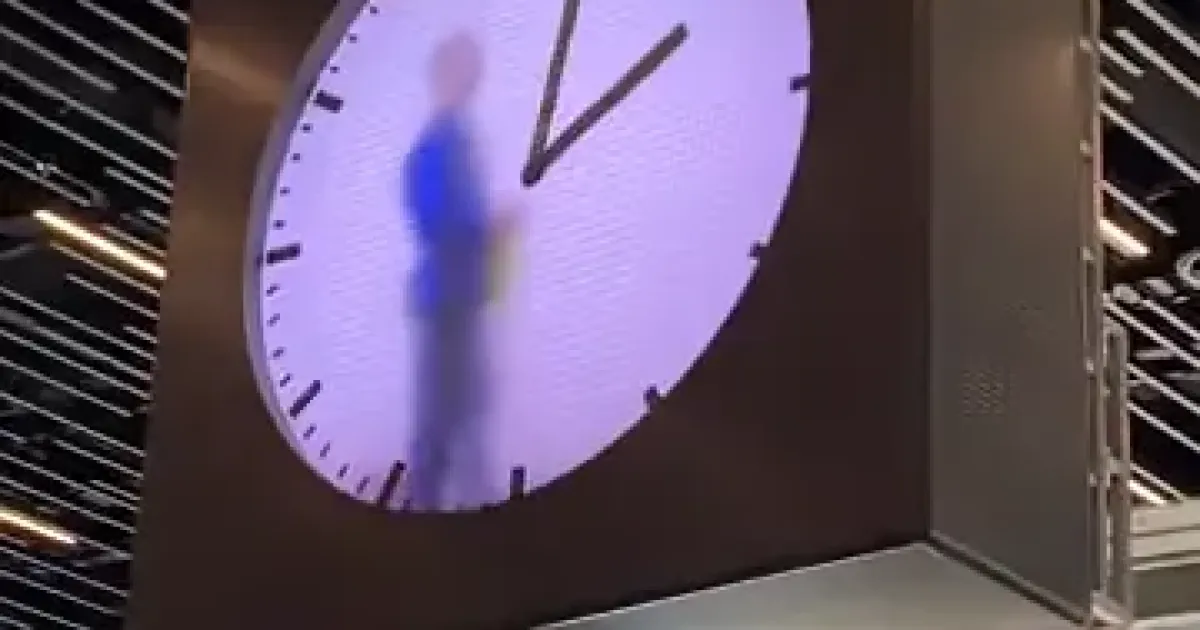
Ecuador orders detention of 16 air force members over disappearance of 4 children
#News #Ecuador
A judge in Ecuador has ordered the detention of 16 air force members accused of involvement in the disappearance of four children, whose charred remains were discovered weeks after they were seen being forced into a military patrol car against their will.
The case has shocked the nation and sparked protests against the military, which has been spearheading President Daniel Noboa’s crackdown on violent criminal groups.
On Tuesday, moments after a judge in Guayaquil ordered the detentions, prosecutors announced that forensic tests showed four charred corpses found last week belonged to the children. The bodies were found near to where the children were last seen.
The children, Saúl Arboleda, Steven Medina, and brothers Josué and Ismael Arroyo, were reported missing on December 8 after playing soccer and being detained by soldiers in Guayas province.
Video released last week by the National Assembly showed they had been coerced into getting into a patrol car against their will.
The defense ministry acknowledged that the children, aged from 11 to 15, had been detained but insisted they were later released. It also claimed that the children had been involved in a robbery, but the Prosecutor’s Office said there was no evidence to support that.
News of the forensic identifications was received with frustration and heartbreak.
“What pain to close the year with this tragedy that mourns the country. It is unacceptable that the lives of our children end in this way. Let fear not silence us, and let solidarity become the voice that demands justice so that something like this never happens again,” the prefect of Guayas Marcela Aguiñaga wrote on X.
Guayaquil Mayor Aquiles Álvarez said, “Nothing will calm the pain of the parents, just as nothing will erase the mark of murderers from all those involved, directly or indirectly. The truth is that this country has hit rock bottom. Paradigms have been broken, but to make things worse. It makes you want nothing, everything hurts.”
During the hearing, the Prosecutor’s Office had presented testimonies and video recordings that it said supported “the alleged participation of the defendants in the crime investigated.”
Outside the hearing, dozens of people, including the children’s relatives and friends, gathered en masse to demand truth and transparency.
Some carried photos of the children. Others held banners and shouted slogans such as, “They took them alive, we want them alive!” and “Sir, madam, do not be indifferent, they take children in front of people!”
The National Assembly and the Mayor’s Office of Quito have declared three days of mourning.
CNN has reached out to the defense ministry and the presidency for comment.
Last week, President Noboa said there would be no impunity in this case and asked law enforcement institutions to work with the Attorney General’s Office during the investigations.
The defense ministry and armed forces said on Tuesday that they would collaborate “without reservations or conditions” in the investigations.
Read More...

FedEx flight catches fire after colliding with bird during takeoff from Newark airport
FedEx Flight 3609 declared an emergency and returned safely to Newark Saturday morning, according to FedEx. No injuries were reported, officials said.
A FedEx cargo plane traveling from Newark to Indianapolis struck a bird during takeoff Saturday morning, according to officials.
FedEx Flight 3609 struck the bird while departing, damaging one of the Boeing 767's engines, the Federal Aviation Administration said in a statement.
#NBCNews #News #FedEx
Read More...






























